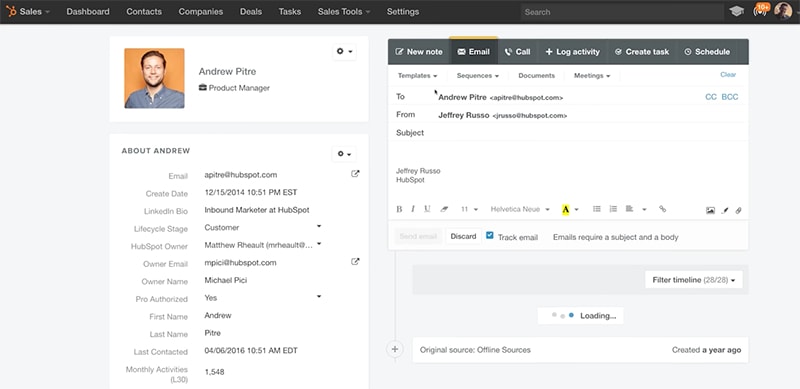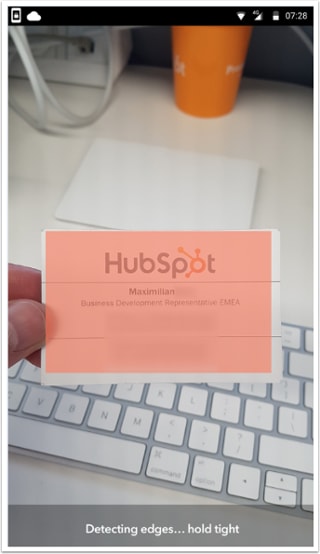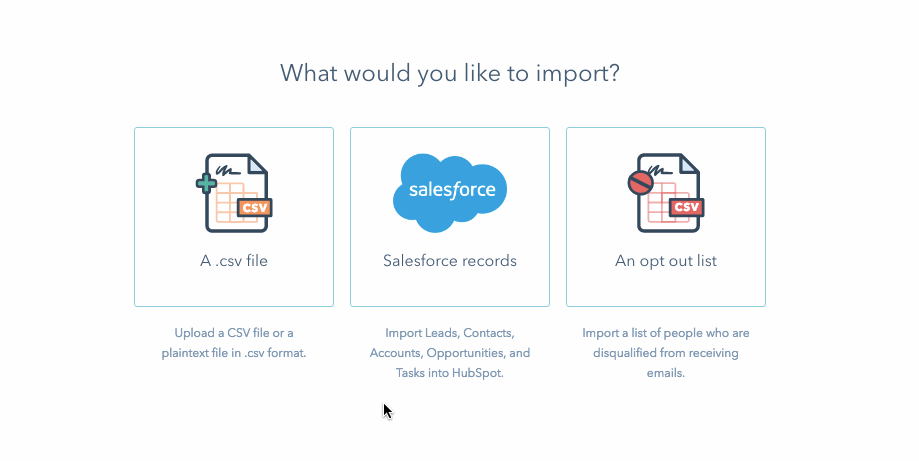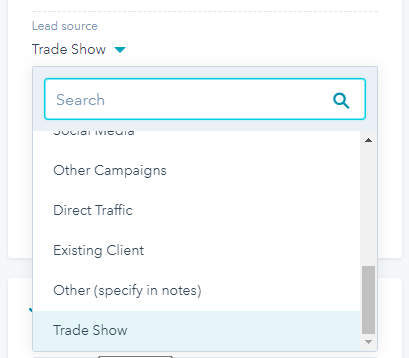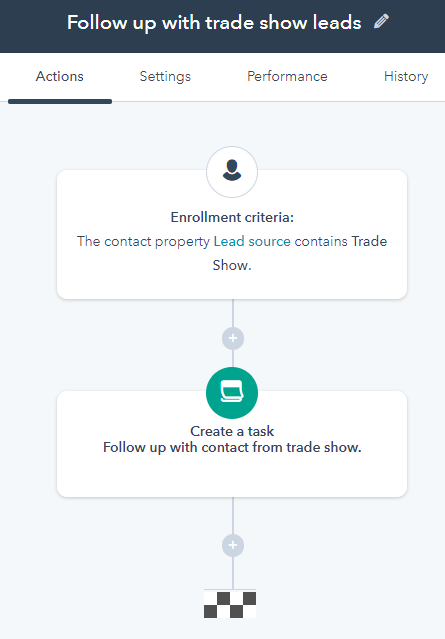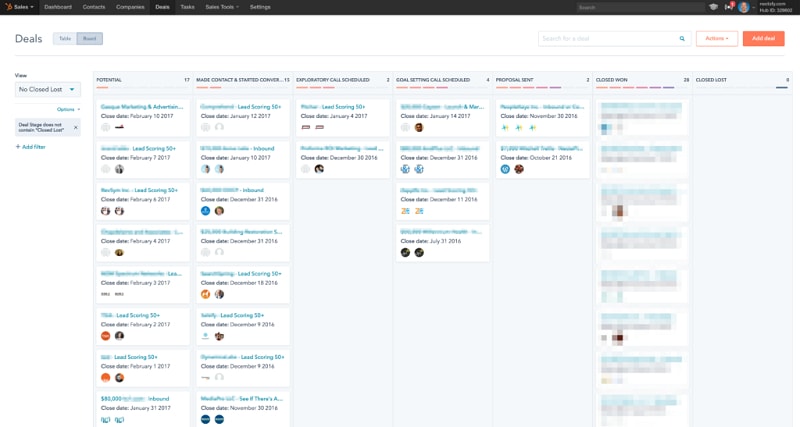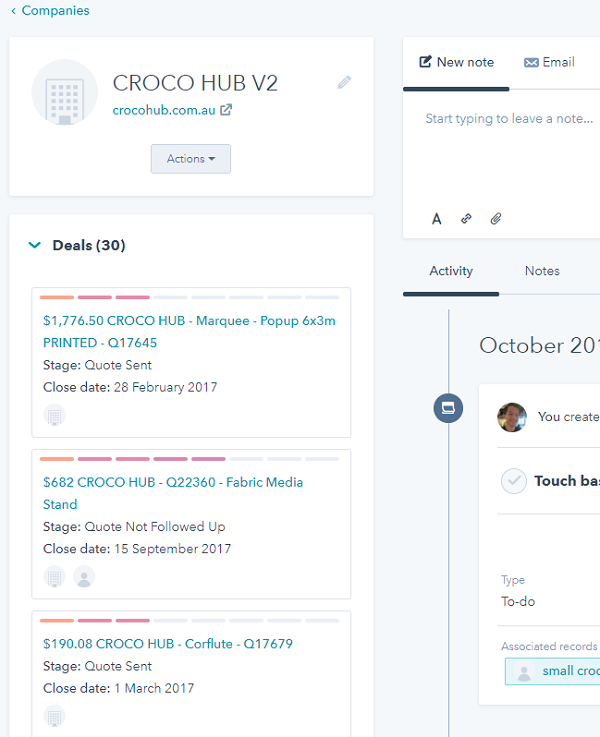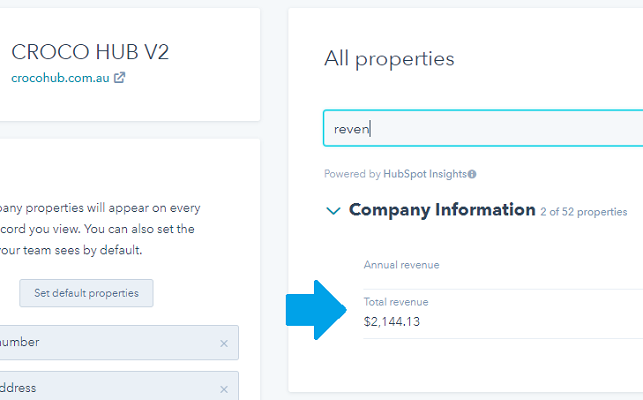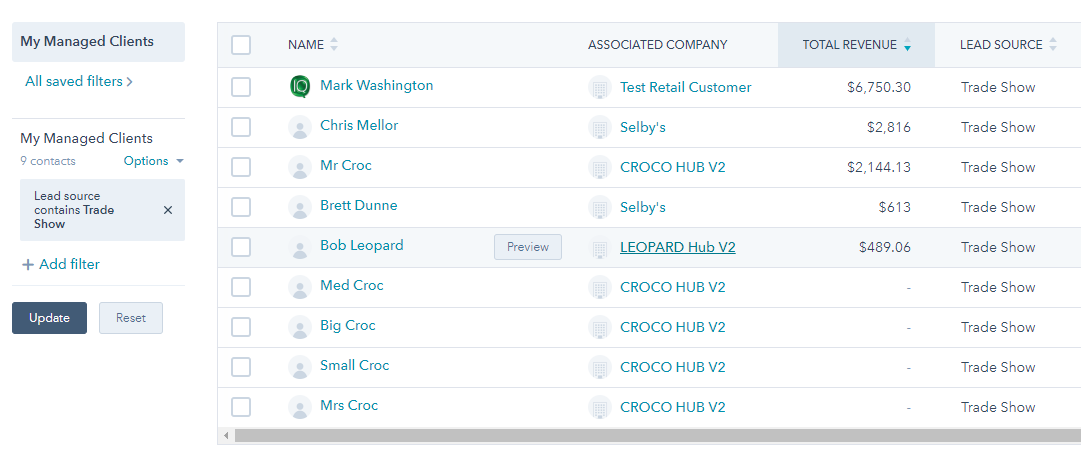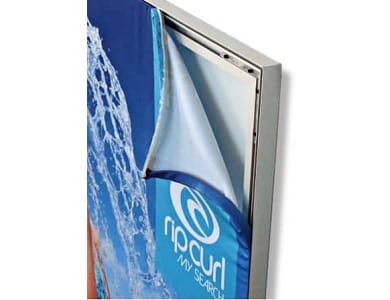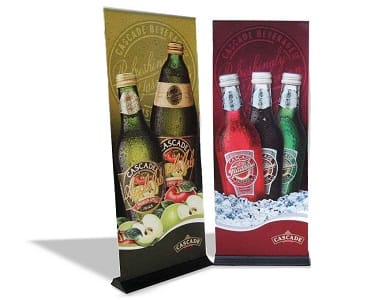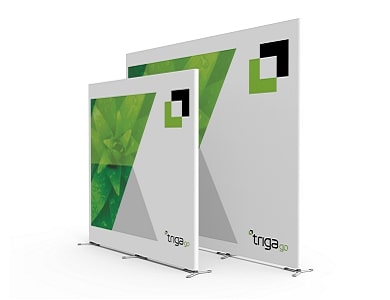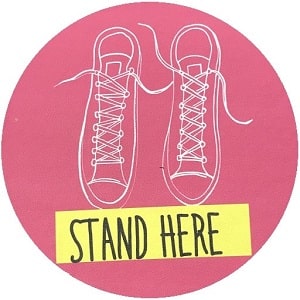
According to Jefferson Davis, a recognised trade show expert, “All exhibitors know what they are spending on, but only a few know what they are really getting out as a result.”
Only 24% of exhibitors set goals for trade shows. The other 76% invest in trade shows without any specific measure of whether the trade show worked or not.
There are two ways to measure the success of a trade show:
- Return on investment (ROI): Costs of the show divided by the sales generated.
- Return on objective (ROO): Costs of the show divided by a non-financial goal.
Return on objective (ROO) looks at the sales and marketing goals that don’t result in a near-term sales opportunity. Examples of ROO include:
- Building brand awareness
- Acquiring partners, distributors, and suppliers
- Strengthening relationships with existing clients
- Re-engaging inactive or lost clients
- Monitoring competitors
- Identify new market opportunities
Measuring ROO is complicated because it isn’t a single straightforward number like sales and leads generated. Return on investment (ROI) is easier to measure because it is less subjective and it measures cold hard numbers which are leads and ultimately sales.
In this topic, we’ll cover how to measure the ROI of a trade show campaign.
The best way to measure a trade show result is with…
A CRM
We believe a CRM is the most effective way to measure your trade show results because it allows you to track the whole customer journey from start to finish.
- From trade show attendees to lead.
- From a lead to a client.
- From a client to all their sales.
In a nutshell, here is what a customer journey for a trade show looks like:
Trade show attendees > Leads > Clients
There are three questions to ask yourself on whether the trade show was a success or not:
- How many leads did we generate?
- How many new clients did we convert from those leads?
- How many sales did we generate from those clients?
With a CRM, you can answer all those three questions.
To get started, here are the two things you need:
- A CRM tool (We recommend HubSpot)
- A medium to get your prospect’s information (Business cards, forms, etc.)
Step 1: Getting leads into your database
Method 1: Business Card Scanner
HubSpot has a feature where you can scan a business card and the lead is automatically entered into the system. This is useful for those who dread typing in names and emails. More info about that here.
Method 2: Import from Excel
The second method is to import the whole list of contacts. This method is only possible if your leads are on an Excel sheet. Most of the CRM today has an import function.
HubSpot has a very simple import function that allows you to import leads with multiple information tied to them such as phone number, company, title, and more. You can also create custom properties for HubSpot to import into. For example, the industry of the client. The more information you have about the client, the better your sales team will have at closing the deal.
Method 3: Manually enter leads in
The third method is the simplest and I believe is the most common method out of the three. However, it is also the most time-consuming because you have to enter each lead manually into the CRM.
With that said, it is easy and flexible, plus the number of leads you generate from trade shows are lower but they are considered higher quality.
…and don’t forget to update your lead source
After the leads are in your database, don’t forget to update the lead source to Exhibition or Trade Shows. With HubSpot, you can also create custom properties. For example, SalesCon or XeroCon. With this, you will know which trade show they came from and see which trade shows are the most effective in generating the best leads and clients.
(Advanced) Automatically create tasks to follow up with leads
After you import all your trade show leads into your database, you can ask HubSpot to automatically create a task to follow up with those leads.
Below I’ve created a sample workflow.
If contact is from a trade show -> Create a task to follow up with contact.
Step 2: Using deals to track sales
This is the most important part.
“How many of those leads actually turn into clients?”
Deals are essentially RFP, RFQ, or any job and project opportunities in your sales pipeline. In HubSpot, these deals are tied to the contact which makes it convenient for your sales team to know which deals are associated with which contact and company.
In the screenshot below you can see how there are 3 deals for the contact below.
You can also track the total sales of the client in HubSpot.
Step 3: Track sales generated from trade show leads
Finally, after you have all those in place you can start tracking the results of your trade show campaign.
In the screenshot above, you can view all the trade show leads with the filter “Lead source contains Trade Show”. This filter shows you all your leads who came from trade shows. Plus, you also can view how much in total they have spent with the Total Revenue column which makes it very convenient.
Recap
We believe using a CRM like HubSpot is the best way to track the results of your trade show campaign because it tracks the customer journey all the way from a lead to a client.
Trade show attendees > Leads > Clients
Best of all with a complete marketing suite like HubSpot, you can create tasks and send marketing emails targeted at those contacts specifically. For example, one year later when that same trade show is coming up, you can send an email to that client specifically to schedule a meeting or just notify them that you’ll be at the same trade show where you both meet!
